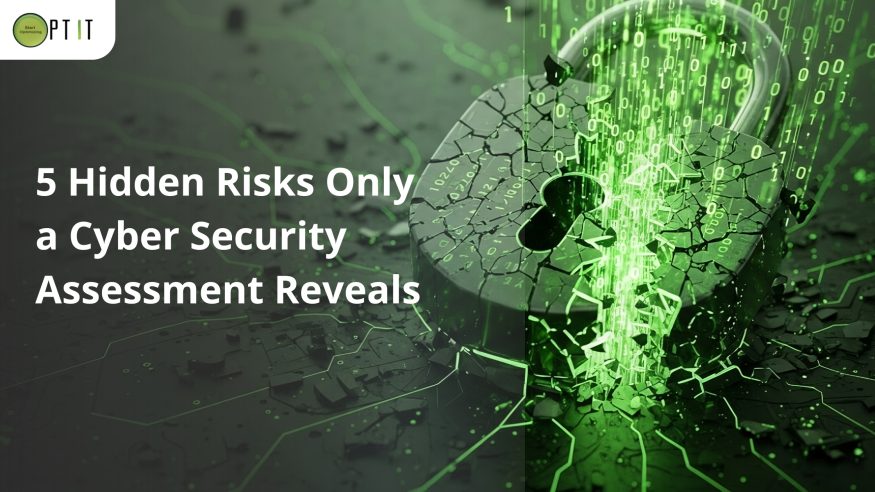
According to a report, 83% of organizations reported at least one insider attack in the past year. This highlights why insider threats remain a growing problem and why cybersecurity risk management must include security awareness training and security measures.
A recent study found that 48% of organizations said insider attacks have become more frequent over the past 12 months. Phishing simulations, awareness programs, and monitoring help reduce these risks before they escalate into financial loss or legal consequences.
A cybersecurity risk assessment uncovers risks hidden during normal operations, from cloud security misconfigurations and unpatched systems to insider misuse and weak response planning.
By identifying these cybersecurity risks early, your business can strengthen defenses, safeguard sensitive data, and maintain business operations with confidence. A professional audit improves risk management, aligns with cyber insurance requirements, and helps organizations stay ahead of evolving threats.
Risks will always exist. The real question is whether your organization’s cybersecurity measures are strong enough to address them. Schedule a cybersecurity assessment today to protect information security, reduce financial risks, and ensure long-term customer trust.
Do not wait for a breach to expose your weaknesses.